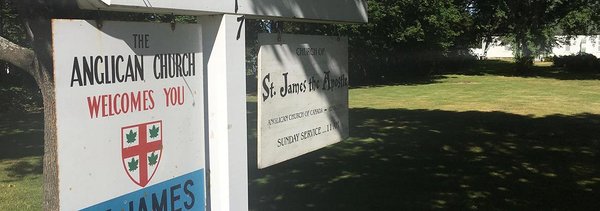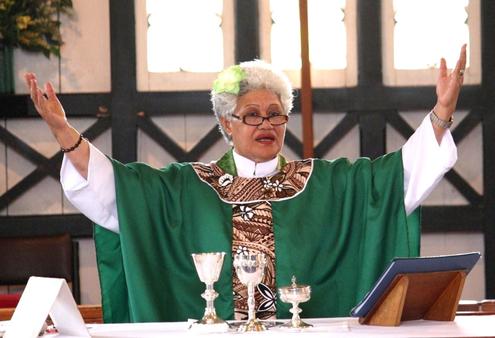You are warmly invited to join your local Anglican church for worship and community life.
When you come you will notice that common prayer is an important part of how we worship together. Our services draw from a rich tradition of set prayers, either from the Book of Common Prayer, based on sixteenth-century rites, or the more contemporary Book of Alternative Services, first published in 1985. Although each community has its own flavour, there are strong commonalities across all local churches.
The eucharist (also known as the Lord’s supper or holy communion) is a central part of many Sunday services, but several Anglican congregations also meet for morning and evening prayer, and for services throughout the week.
Anglican services typically follow a pattern that begins with the gathering of the community, then listening to and reflecting on the scriptures. The community then brings the needs of the world and the community to God in prayer, and the group partakes in the holy meal of bread and wine, before being sent forth into the mission and service for others.
Our liturgies follow the six seasons of the church year (Advent, Christmas, Epiphany, Lent, Easter, and Pentecost) and the lectionary, a set list of Bible readings for the year.
Usually services are held in traditional church buildings, but Anglicans may also meet in nursing homes, schools, community centres, or people’s homes.
Regardless of location, Anglican worship is enhanced by the presence of symbols. Often worship spaces will centered around an altar or table for the eucharist and a font for baptism. Anglican churches also may have a cross, the symbol of Christ’s death and resurrection, and candles, which remind us of the light of Christ and the fire of the Holy Spirit. Some church buildings are highly ornate, others solemn and simple.
Church life differs from place to place, but often Anglican churches will offer programs like Christian education, Bible studies, women’s and men’s groups, grief support groups, arts activities, and social justice action groups.


